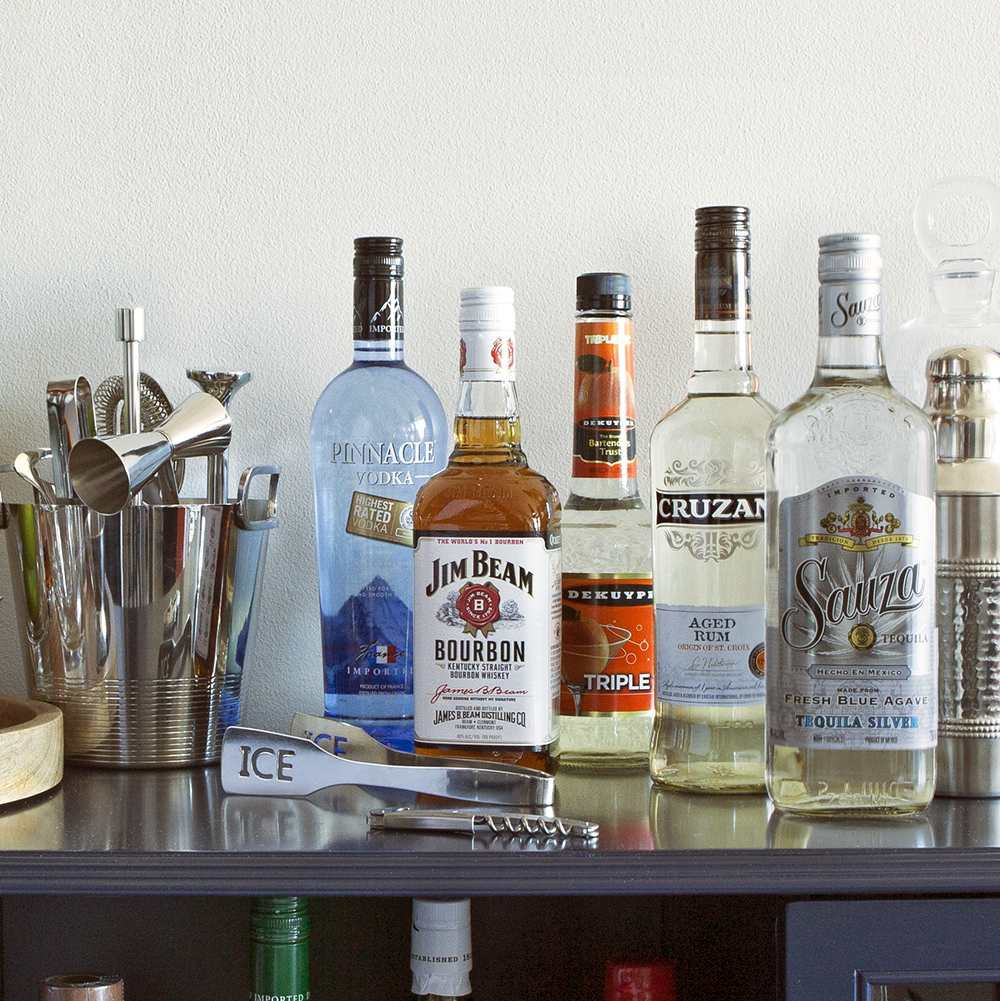Staying Home: Less News, More Booze
Two weeks of quarantine has simultaneously gone by really fast, yet somehow slowly. The boys started their online learning sessions for school, while the adults in the house still have work to accomplish. When there is downtime, I know it is too easy to scroll through the news feed on my phone and get annoyed or angry or anxious about where things are headed with a pandemic. Instead, why not take the opportunity to take a deeper dive into something you already enjoy? Like booze!
You can nerd out through study and research, read fascinating accounts of wine and history, or learn how to make a cocktail. There is enough out there to keep you engaged for as long as we need to stay holed up at home. Here are some of my favorites that pair perfectly with your favorite beverage of choice.
Note: links to book titles send you to Amazon’s web site as a point of reference, but note that with the pandemic impact you are likely not getting these books in two days through Prime. Consider alternative sources or e-book versions if you can.
Wine & War, Don & Petie Kladstrup: The setting is France during World War II and the Nazis are in full force. Through the turmoil, you get to learn about how German wine merchants conducted business with France, the fate of legendary French vineyards, and how French wine producers coped with being prisoners of war. A wildly entertaining read that offers plenty of perspective.
An outstanding take on the Aviation. You don’t have to buy Creme de Violette AND you get to have Lavender Liqueur on hand for any unaged spirit-based cocktail.
The World Atlas of Wine (8th Edition), Hugh Johnson and Jancis Robinson: If you want to nerd out with a desk reference of colorful maps that discusses a full range of worldwide wine regions, this is the book for you. There’s even a section that covers all of the basics of wine production, storage, service, and how to taste wine. Give yourself a crash course in wine from the comfort of home.
How To Cocktail, America’s Test Kitchen: Over the years, I have become a fan of America’s Test Kitchen on PBS when it comes to learning more about cooking. The folks there try many ways of preparing a dish, whether changing proportions of ingredients or method of cooking. Well, that experimental mentality was applied to making cocktails, even providing opportunities for you to make your own liqueurs, sugar and salt rims, or snacks to enjoy for a cocktail party (to have inside with family or virtually). I have made the lavender liqueur from the book, and let me tell you…it’s easy to do and makes a great addition to an Aviation.
Booze & Vinyl, Andre Darlington and Tenaya Darlington: If you have some old records laying around, dust them off and have your own listening party, complete with beverage pairings! Booze & Vinyl is a fun book that discusses timeless albums and cocktails to go with the mood. Everything from Johnny Cash to The Clash, Frank Sinatra to Madonna are covered with interesting stories about the artists and the music. The authors also penned TCM Movie Night Menus, another book I recommend if you gravitate more towards being a foodie.













